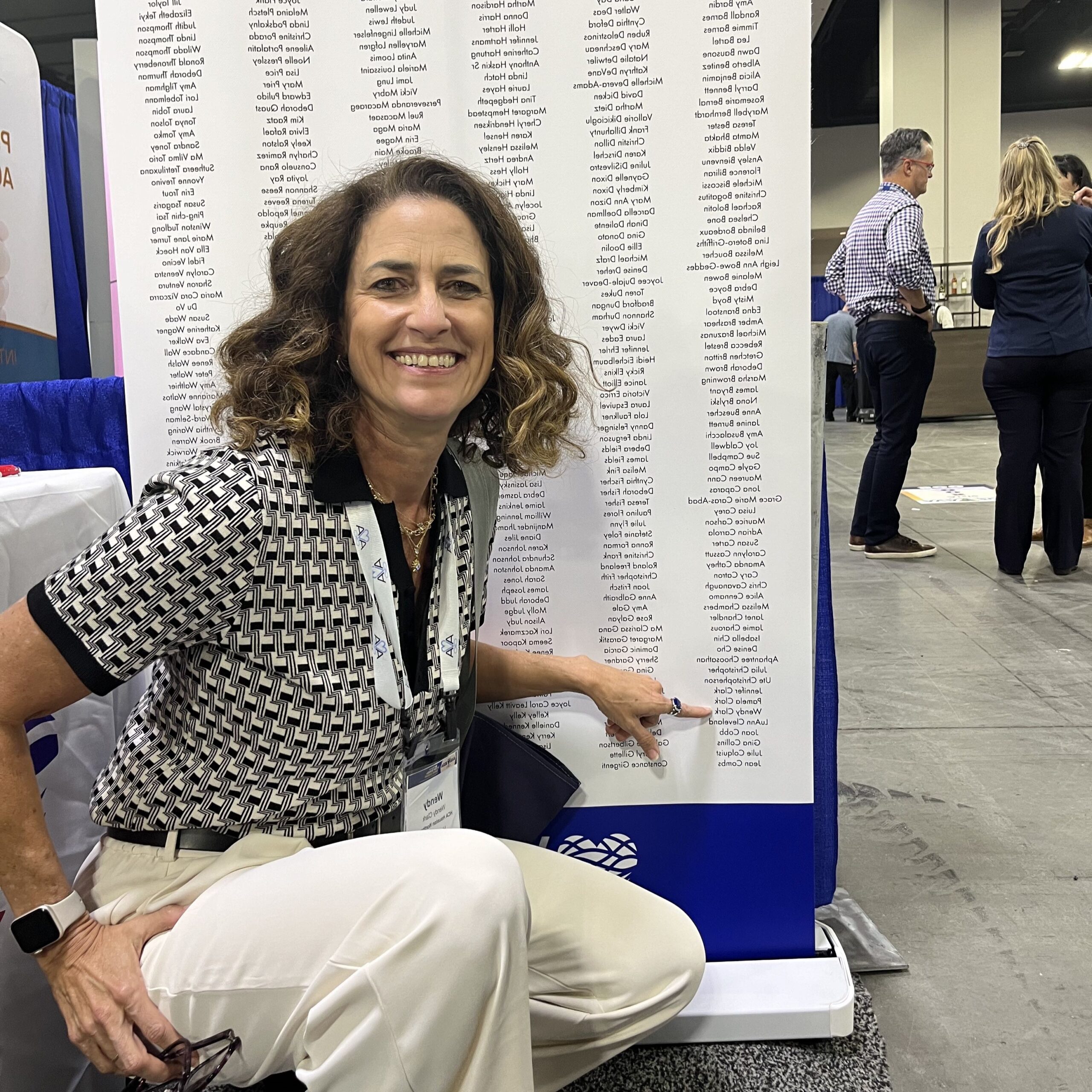
As the specialty of vascular access grows, so does the need to spread awareness of safe vascular access practice to clinicians outside of the specialty. Angela Colmenero, RN, VA-BC™, saw Vascular Access Specialty Day as an opportunity to accomplish that goal.
During the first year of the COVID-19 pandemic, Colmenero and her colleagues saw vascular access fall to the wayside. They began teaching vascular access essentials to other clinicians at Lincoln County Medical Center, a rural hospital in New Mexico, like how to keep lines as long as possible and which lines to place in which patients. But she wanted to go further.
“People don’t realize—not just patients but medical professionals—how important those lines are until you actually become part of a vascular access team or some kind of vascular access trend,” she said. “[That] is when you really start becoming aware that even a peripheral line can be dangerous to a patient.”
A state-recognized day
As she continued to educate her hospital on best practices in vascular access, she received emails from the Association for Vascular Access (AVA) about gearing up for Vascular Access Specialty Day. Each October 5 recognizes professionals involved in the specialty, and AVA offered resources to celebrate the day. Included was a sample proclamation to petition state or local governments to officially recognize October 5 as Vascular Access Specialty Day. It was just what Colmenero was looking for.
“I wanted to spread that news to everybody, not only the education but bringing in this vascular access day to the entire state,” she said.
She easily tailored the petition to her state of New Mexico and sent it off.
Not only was it accepted – the certificate for the proclamation still hangs on the wall of her hospital – but the assistant governor of New Mexico invited Colmenero to serve on the state’s Board of Nursing.
“I kind of was blown away.”
Leading with education
Leadership is not new to Colmenero. She and a colleague led the charge to open an infusion center in their hospital in 2015. Soon after finishing her training on vascular access, she gained her VA-BC™—the first in her hospital to do so.

“I was the only one board certified within probably a two-hundred-mile radius for many years,” she said.
Being able to provide quality care to patients with difficult access is Colmenero’s passion. And it shows: she reported that her vascular access team went from seeing two patients each day at its inception to now caring for 25 a day. Her hospital recognizes these clinicians on Vascular Access Specialty Day with shirts for the team, an announcement at the morning staff meeting, and hospital-wide emails from their CEO with a message of thanks to the VAT.
Colmenero recognizes that there is still work to be done. Even in her hospital with a functioning vascular access team, patients may still be poked a few times before the team is called. The relief patients feel when Colmenero or her team can establish difficult access is why she loves this specialty – and why she keeps fighting for more education.
“When you walk into a patient room and they have tears in their eyes, tired of being a pincushion, and you try to reassure them that you’re going to get a line in them – the joy that you see in their face and the thank yous and just the drop in their shoulders – that brings me a lot of joy.”
New Mexico is one of several state and local governments that recognize October 5 as Vascular Access Specialty Day. For instructions on petitioning your state and local government, please visit the Association for Vascular Access.



